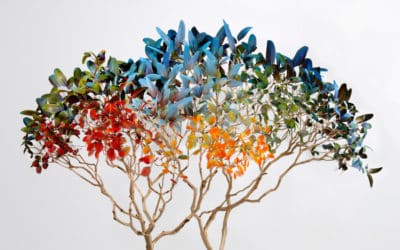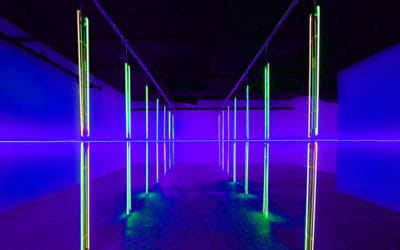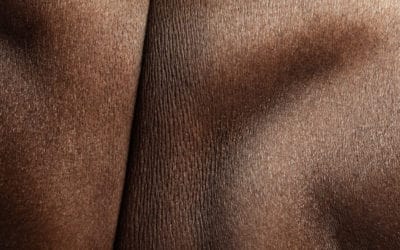CULTURAMA is the new destination for discoverers defending the best of Art, Architecture and Design in order to reinvent your contemporary lifestyle. As a bilingual webmagazine and audiovisual broadcaster with CULTURAMA STUDIO, CULTURAMA explores the trends of 21st century Art and Design, with its exclusive interviews, documentaries, articles, and mini-series. Hundreds of renowned artists have already participated in this adventure. CULTURAMA builds bridges between creators and executives, and as such, it becomes essential.
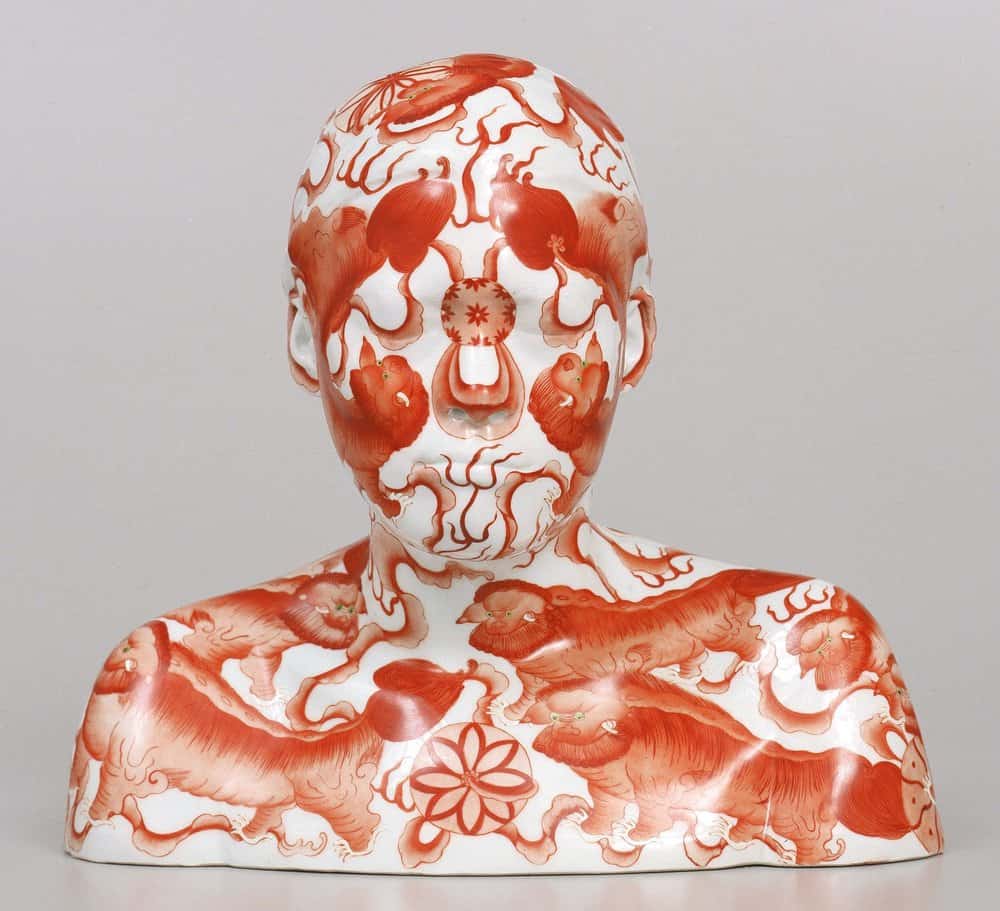
Summary

AH XIAN
« I simply focus on something more beautiful with Chinese tradition and history. »
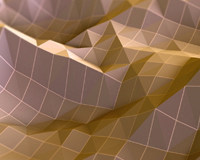
Homemade
A unique experience shared throughout the digital space…
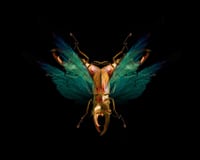
Explorer
The best of Art, Architecture and Design of the 21st century.
Editorial
Between tradition and rebellion

Repetition is both the backbone of tradition and the condition for its transmission. Perhaps this is why Ah Xian sculpted so many busts with closed eyes.
Master of ceramic techniques, this artist fled to Australia after the Tiananmen Square protests, then created his own tradition, his own heads on shoulders. Truly, “the skull is like a skylight to link our emotions and souls with the imaginative possibilities of the spirit.”
His busts, covered with ornamental motifs and symbols, are also carriers of his identity quest, stretching from West to East. By adopting ancient representations, by freeing himself from know-how, could Ah Xian seek to express the constancy of the body, beyond all possible markings? Or does his rebellion renew itself with each new shape and work, tirelessly, in search of an ideal?
* « The skull is like a skylight to link our emotions and souls with the imaginative possibilities of the spirit. »
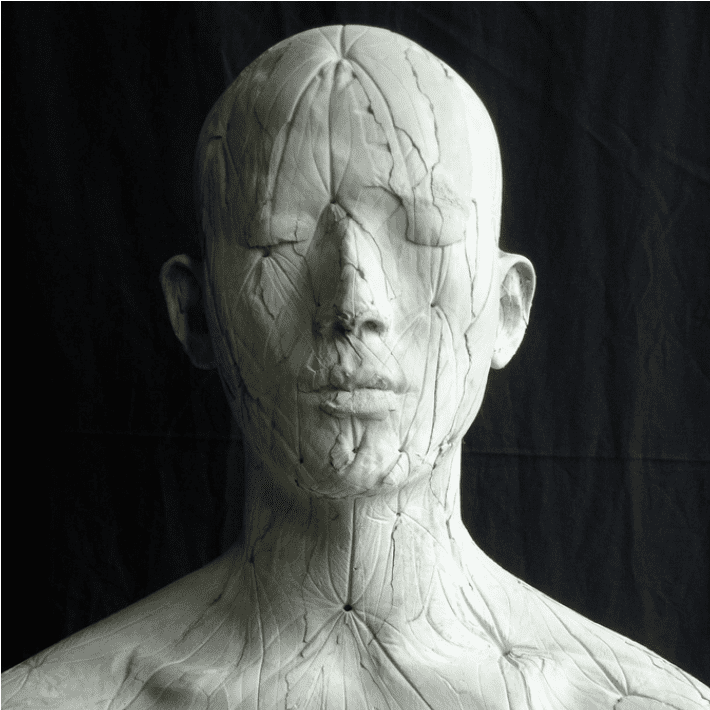

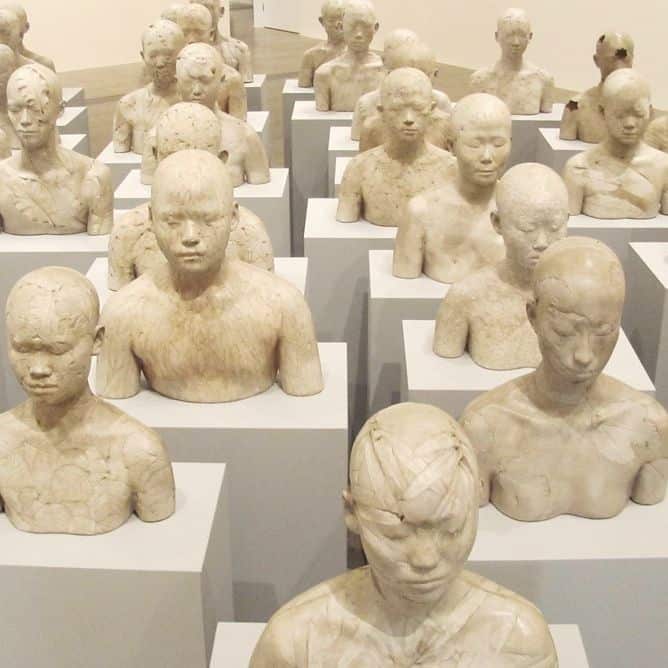

IMMORTAL BUSTS
Ah Xian
Eric of Culturama: The busts you create represent a pure aesthetic pleasure. And yet, they are conceptually minimalistic. Do you think that simplicity is divinity when it comes to an artistic approach? Or is this minimalism embedded more deeply in your vision of art itself?
Ah Xian: Simplicity can become divine, but staying simple is not the only answer. With my aesthetic concept and Art practice, a good piece of Art must have an open intention and a clear extension. Perhaps it can be expressed as “less is more” and vice versa.
In my eyes, divine aesthetic is not a matter of minimalism or maximalism, it can be either or both, but it must be just right. To be more concrete, let’s talk about my figurative casts: I do have a conceptual configuration before working on each body. The idea itself is as simple as a realistic copy of real busts and figures — they are minimalized yet constructive. To that are added intricate traditional decorative motives which are maximised and deconstructive. I believe that a sharp aesthetic is a formula containing all the just-right elements to create and produce authentic pieces of Art.
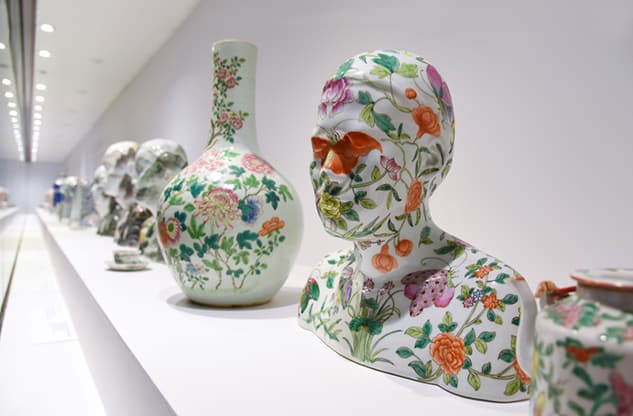
China China collection | Ah Xian©
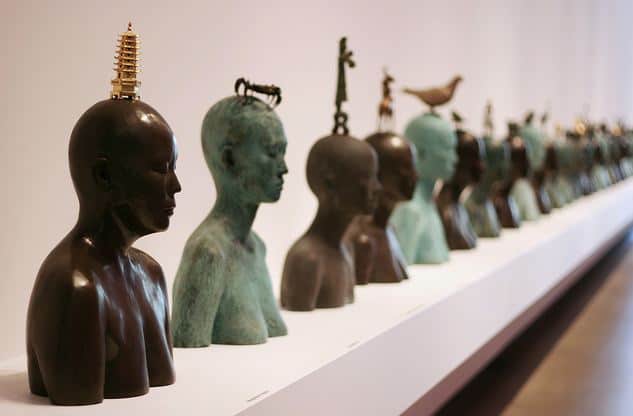
Metaphysica Collection | Ah Xian ©
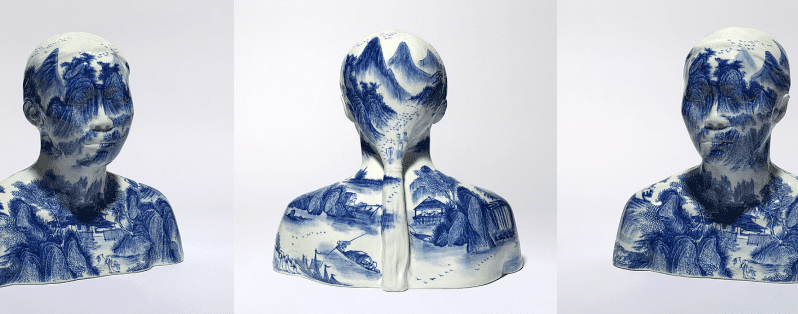
AX: When I get an idea I always try my best to breathe life into it without losing the idea’s essence. In other words, I strive to provide my audience with a multi-layered experience. Again, it’s the same principle as I mentioned before: once a good idea is brought to life, the artist has to manipulate its elements to a golden mean so that people can view and appreciate it from all perspectives, all angles possible. The better you do that, the more there are ways to appreciate your work. And from culture to culture, from tradition to tradition, from one political ideology to another, from one gender to another, the interpretations change drastically. That proves that the complexity of the meaning behind your Art is not as important as it seems. Remember: less is more, and more is less, find your middle ground. The figurative works that I imprint with 2D and 3D decorative motives can be either positive — laid out over the skin — or negative — engraved into the skin. Whichever it may be, the result is acknowledged for its own aesthetic perspective, for its own ultimate beauty. Meanwhile, I’d rather encourage people to read, understand and interpret it however they wish to. Speaking of folkloric elements, I believe that dragon means the same across the majority of Asian cultures: power, majesty, wisdom, bravery and strength, they are the protectors of mankind. After all, the dragon image is traditionally used to represent emperors, rulers, and officials.
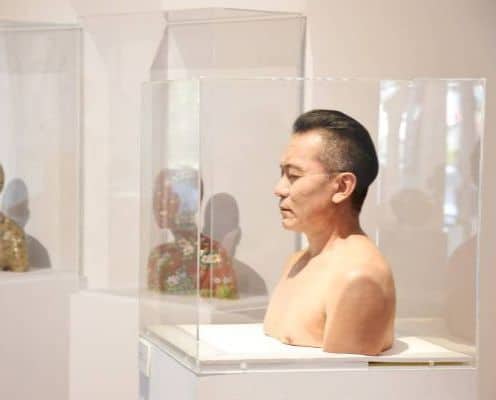
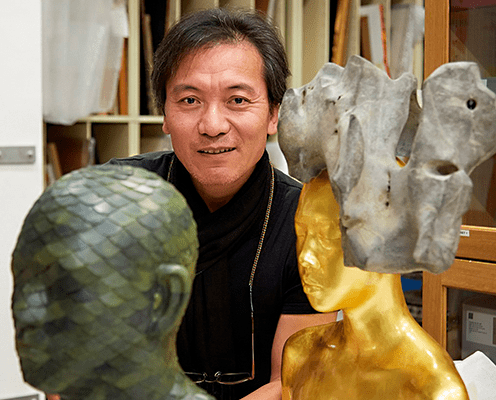
Eric: June 2019 marks 30 years since Tiananmen Square protests. Do you think that the atmosphere for avant-garde artistic research in China has improved since 1989? Or maybe that bipolar politics, that strange balance between marxist ideology and capitalist market rules, has metamorphosed into something invisible yet more terrible, like the Social Credit System?
AX: I left China shortly after the fourth of June 1989, and I maintained a distance to the regime since then, although I do travel from time to time to China and Hong Kong. The 30th anniversary of the 89’s democratic movements is a strong moment for many Chinese emigrants like myself. After that day, and particularly after the Deng’s inspection in 1992, the whole of China had been metamorphosed into an economic power, a money driven machine.
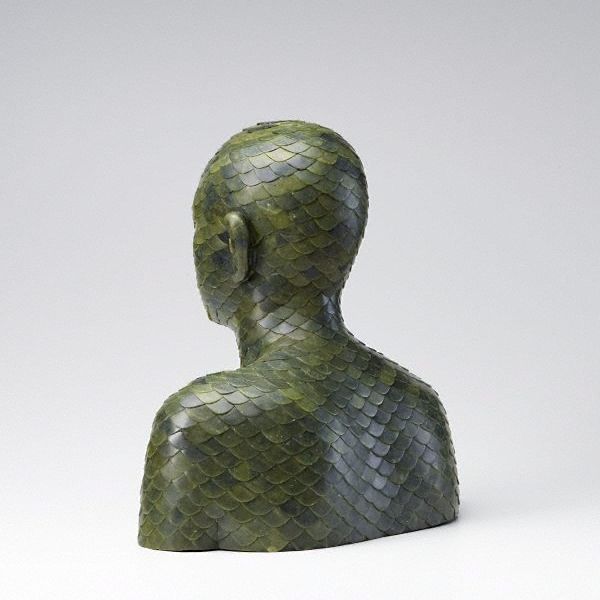
Human Human | Bust 1 | Jade inlay | Ah Xian©

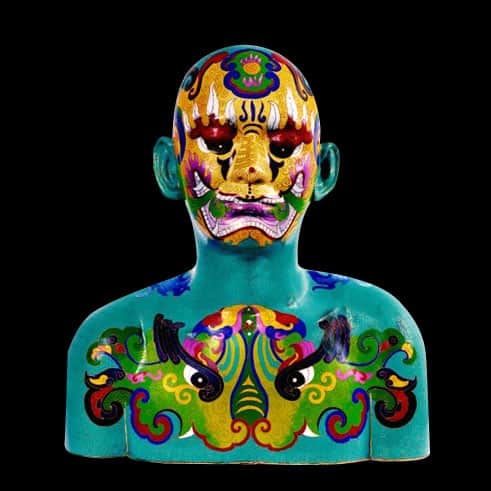
Eric: The idea of a tangent balance, an equilibrium between maximalism and minimalism in aesthetics, is more defined and less ambivalent in the Eastern Art, not in the West where both extremes have existed. One can mention, for example, baroque and cubism, which represent two radically different aesthetical approaches. And this extension of the notion of balance leads to the Tao philosophy, especially to the eleventh verse of Tao Te Ching. Is it possible that you balanced out your artistic approach before moving to Australia, when you were in China?
AX: Whether I was influenced by Taoism or not? Well, the answer is, yet again, yes and no. Yes, because I did read Tao Te King when I was young and living in China. However, I didn’t fully understand it but only got some of the meaning since the ancient Chinese language seemed quite difficult.
Frankly speaking, the text is easier to read in English. No, because I have never thought of it when gaining the ideas for my Art creation. To be honest with you, I do believe that this philosophy* has been melted into people’s way of thinking as well as in their day-to-day life. To maintain and to tolerate two or more extremes enclosed into one object seems quite common in Eastern cultures, especially in China. As I see it, the Chinese philosophy seems more blurry, indefinite, flexible, open, macroscopic, slippery, it tells everything but nothing. That’s maybe why the Chinese Communist Party has been firmly holding Marxism as their core ideology on one side while running a market based on purely capitalist terms. Bipolar schizophrenic disorder, that’s what I call it.
*The loudest sound remains in silence, the biggest image stays invisible, and ten thousand small changes that lead to no real change.
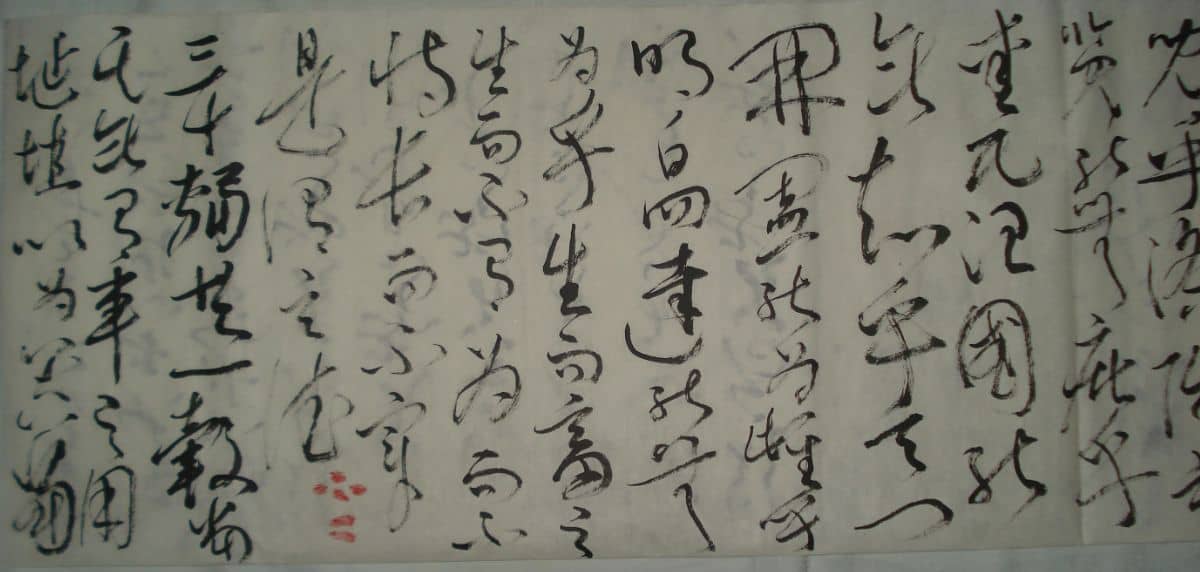
Thirty spokes are united in one wheel. But the use of the wheel also depends on the space between the spokes. Vessels are made of clay. Yet, their usefulness depends on the empty space inside them. Buildings consist of walls, doors, and windows. Yet, the building’s usefulness also depends on the space in it. This is the relation between the usefulness of objects and emptiness. .
Tao Te King | Verset 11.
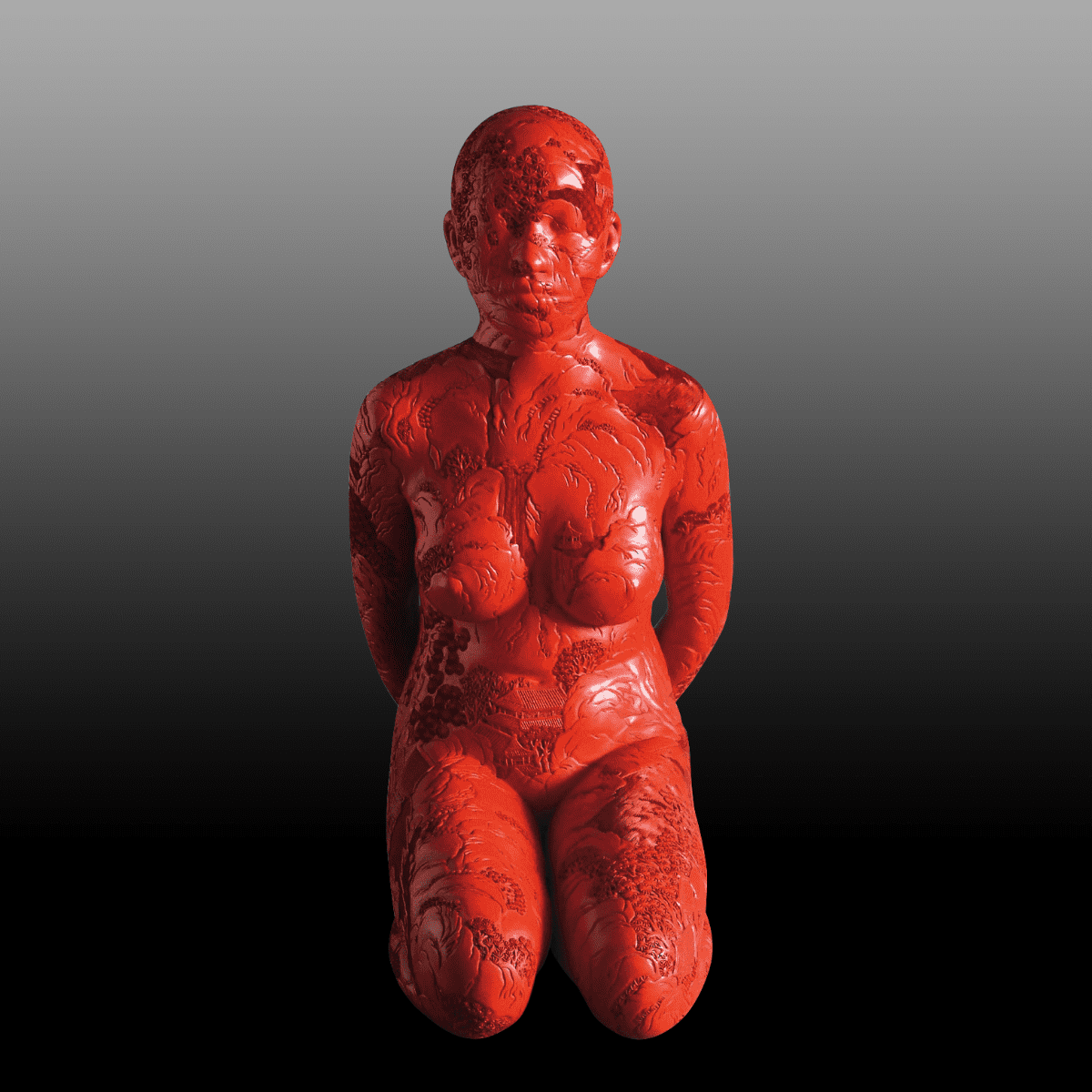
Eric: After all you’ve been through, where and how would you like to grow as an artist? What do you think awaits you at the end of your creative path?
AX: The goal of Art, at least of my Art, is to express ideas and create objects which are out of nature, which then become part of human culture, and which finally complement our perception of nature. I recognise myself as an artist but not as a craftsman like many would think. Craftsmen usually employ their hand skills to work on pieces, mainly duplicates, whereas artists have to go beyond mere motor skills. We must use our knowledge, intelligence and overall most of our imagination, all elements combined into an artistically unique style. At the end of my Art carrier, something shall remain mysteriously unknown forever. That’s why art is so attractive. Art is nothing else but itself. It’s never useless, it’s inevitably influential to and influenced by anything other than art — politics, philosophy, science, our daily lives — either in a passive or an active way. And yet, no matter how much politics influences Art, Art stays Art. Although they are often overlapped, one can not make Art from politics, nor the other way around.
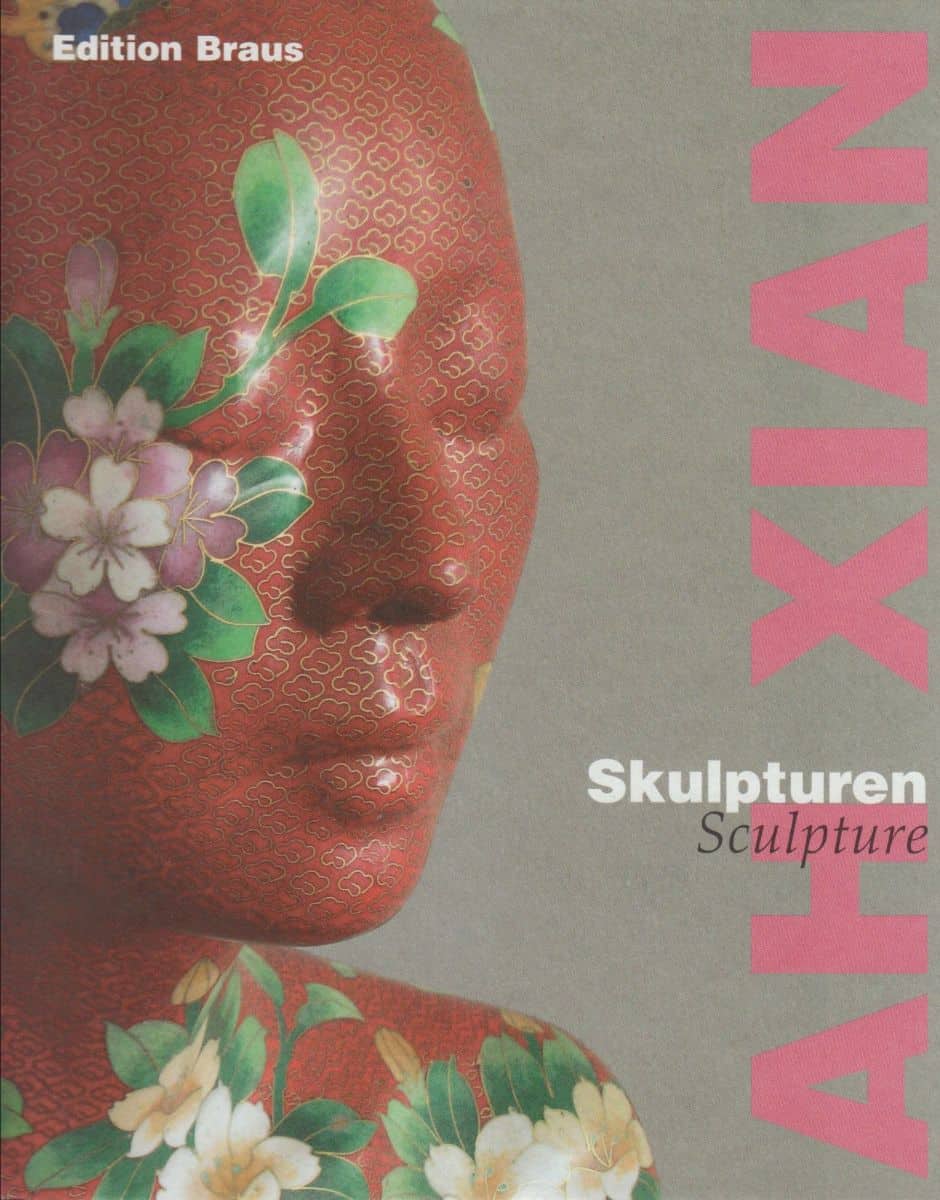
Skulpturen | Édition Braus, 2007 ©
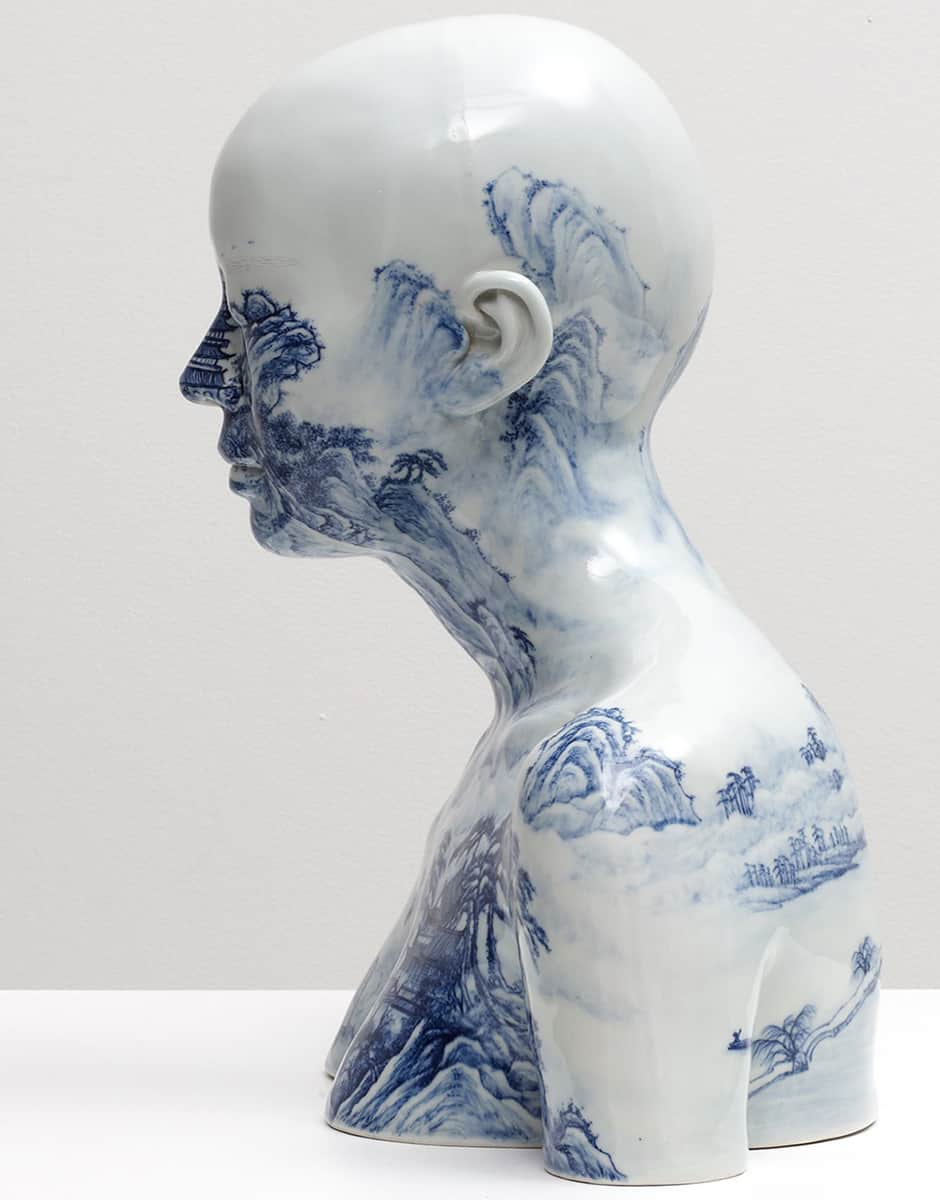
China China | Bust 81 | Blue-and-white landscape | Ah Xian
30 YEARS AFTER

The 4th of June, 1989 at the Tiananmen Square | Photo. Stuart Franklin/Magnum©



HOMEMADE
PEPS & VITAMINS
CULTURAMA HOMEMADE was born on April 1, 2020, during the lockdown spring, long before Netflix’s namesake show. The means of production are limited, and collaborators can’t come close to each other. But the desire to share our passion for Art and to prevail over restrictions on freedom is still here, fueling us.
Related episodes
Discover
CULTURAMA STUDIO
CULTURAMA, the new destination for discoverers, accompanies you in the exploration of 21st century Art and Design. To achieve this, CULTURAMA STUDIO produces exclusive interviews, reports, and mini-series.
Editing team
- Barbara Marshall
- Grigoriy Manucharian
- José Man Lius
Contact us :
ericdeculturama@gmail.com
© Culturama.studio
